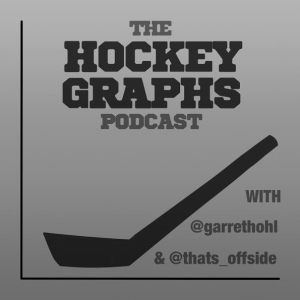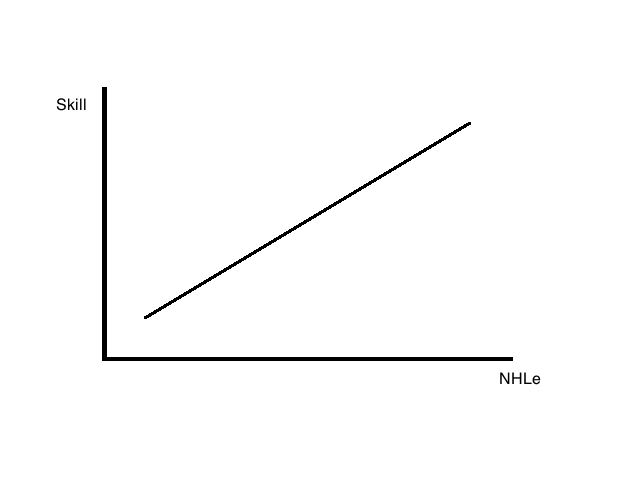Every once-in-a-while I will rant on the concepts and ideas behind what numbers suggest in a series called Behind the Numbers, as a tip of the hat to the website that brought me into hockey analytics: Behind the Net. My ramblings will look at the theory and philosophy behind analytics and their applications given what is already publicly known.
Hello everyone; I am back! I was in the process of writing an article on NHL prospect development for after the draft (teaser!) when a Twitter thread sparked my interest and made me want to do a bit of a ranty, very pseudo-Editorial or Literature Review on analytics and the draft while combing over that thread.



